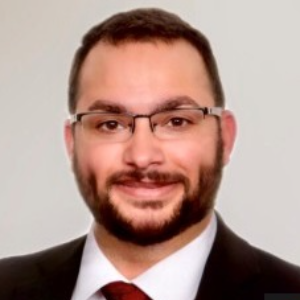Abstract:
Background: Tranexamic acid (TXA) is a pharmacologic drug used to reduce blood loss and transfusion requirement in perioperative patients. TXA use is prevalent in trauma, gynecologic, and orthopedic specialties. Heyns et al meta-analysis found 72% reduction of transfusion in patients who received TXA across all subspecialties. There was no difference in thromboembolic events between the TXA group and the control group. Bleeding after bariatric surgery can be seen in up to 2.5% within literature. Some studies have looked at TXA use specifically in the bariatric population. This study is the largest retrospective study looking at the use of TXA preoperatively for laparoscopic sleeve gastrectomy (LSG) patients, and the percentage of patients requiring blood transfusions, reoperation within 30 days, as well as thromboembolic events within 30 days.
Methods: Data was collected as a retrospective chart review via electronic medical records and MBSAQIP data registry. Patients were reviewed from 2019-2021 at a single institution, where LSG was performed by two bariatric surgeons. Demographic data was collected as well as perioperative data to include use of preoperative chemoprophylaxis, intraoperative use of hemostatic agents, specifically Tisseel, procedure time, estimated blood loss, change in hematocrit, length of stay, postoperative blood product transfusions, 30 and 90-day readmission, 30 day return to operating room, and development of venous thromboembolism within 30 days. P values of less than 0.05 were considered significant.
Results: 1,474 patients between 2019 and 2021 who underwent LSG were included in this study. 911 patients did not receive TXA and 563 received TXA. These groups had comparable average ages (44.6 no TXA vs 43.5 TXA), BMI (45.2 no TXA vs 44.9 TXA), and the same ASA class (2.9). A similar percentage of patients received preoperative Lovenox for DVT prophylaxis (45.2% no TXA vs 43.3% TXA). A larger percentage of patients required intraoperative use of Tisseel (22.3% no TXA vs 24.9% TXA, p=0.254) though it was not statistically significant. The operative time was longer in patients who received TXA, (63 minutes no TXA, vs 78 minutes TXA, p=<0.001). Postoperatively there was a statistically significant change in hematocrit from pre-op to POD1, favoring TXA, (-4.8 no TXA vs -3.6 TXA, p=0.029). There was not a statistically significant difference in postoperative transfusion requirements (1.9% No TXA vs 0.7% TXA, p=0.069). Within 30 days there was 1 incident of a venous thromboembolic event in the no TXA group (0.001%) and 2 events in patients who received TXA (0.003%). There was no statistical difference in 30 day return to OR, (1.6% no TXA vs 2.3% TXA, p=0.365), or 30 day readmission (2.3% no TXA vs 3.0% TXA, p=0.385).
Conclusion: TXA use in LSG demonstrated a trend towards decreased transfusion requirement but was not statistically significant, despite a statistically significant reduction in the change in hematocrit post-op for those who received TXA. Giving perioperative TXA for LSG appears to have a potential benefit without an increased risk for venous thromboembolic events. Future studies with randomization would be valuable in evaluating the role of TXA in bariatric surgery.
Audience Take Away:
- Decide if giving TXA to their patients perioperatively may be beneficial
- Potential for expanded research in bariatric surgery with using TXA to reduce postoperative bleeding
- There does not appear to be any adverse effects to giving the TXA in this patient population




